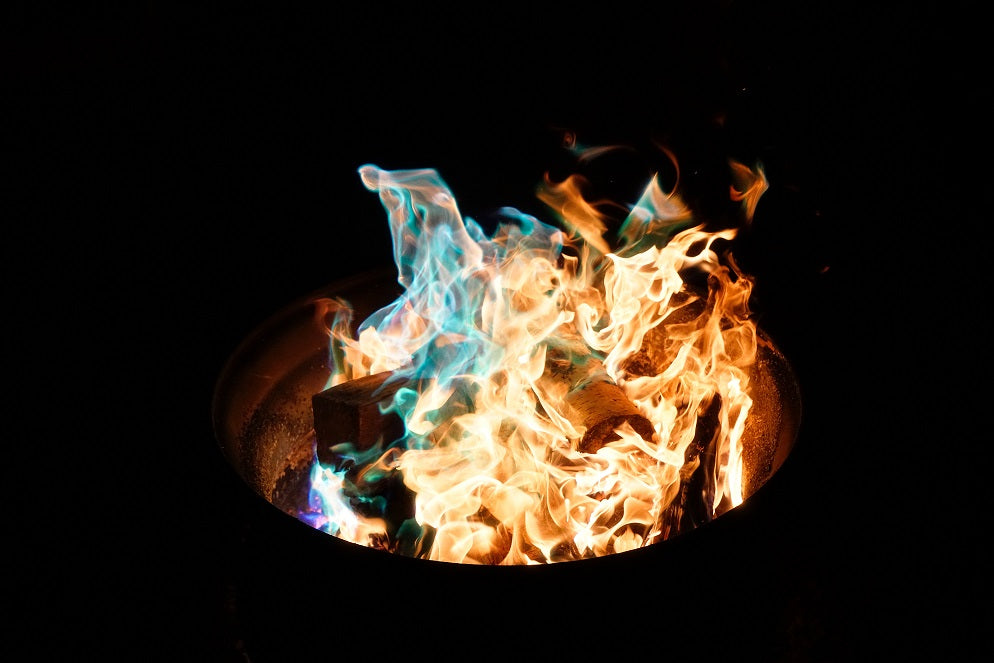Heat Treatment: Simplest Solution to Body Pain
Pain is something that people can get used to as they get older. They say it is a sign of aging. The pain, discomfort,...
Taking a Chance with Non-Pharmacological Pain Treatments for the Elderly
Let’s just admit it, sometimes medicines can be scary when considering possible side effects, they may have! This can even get scarier with the elderly...

